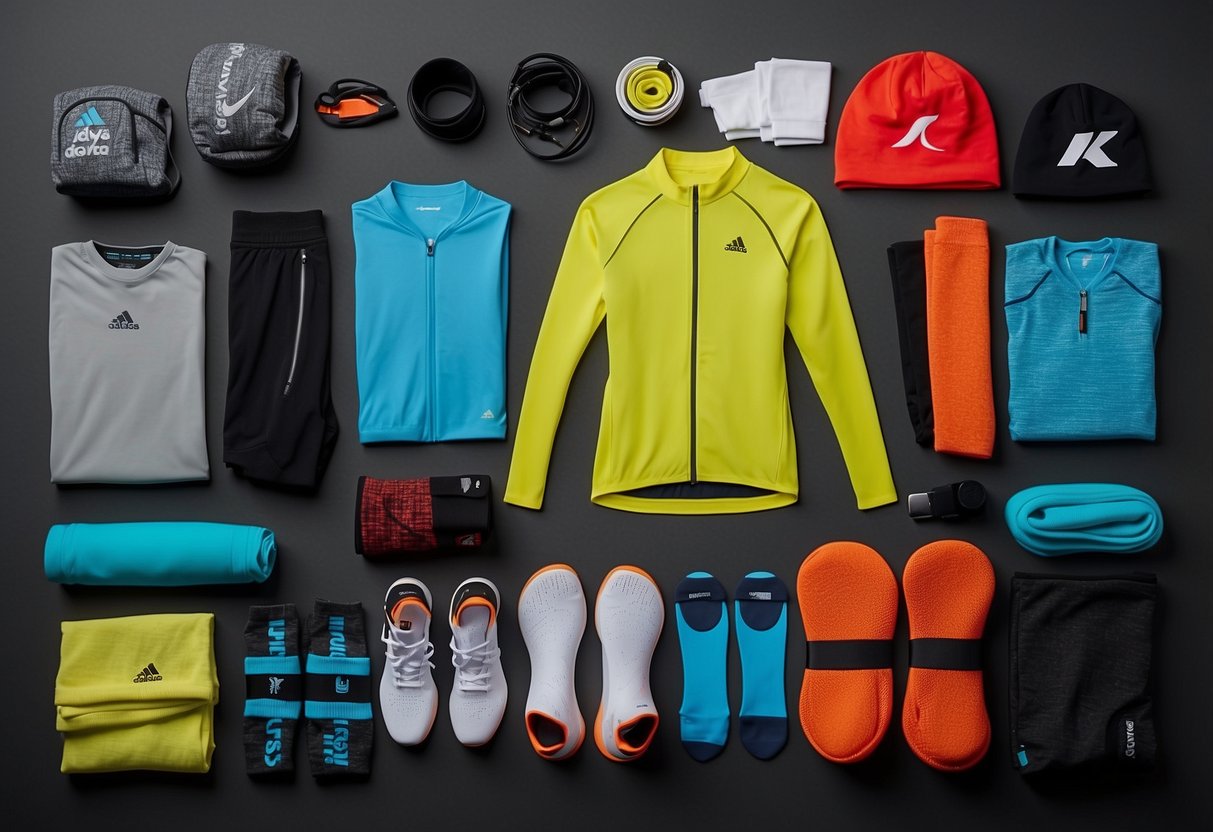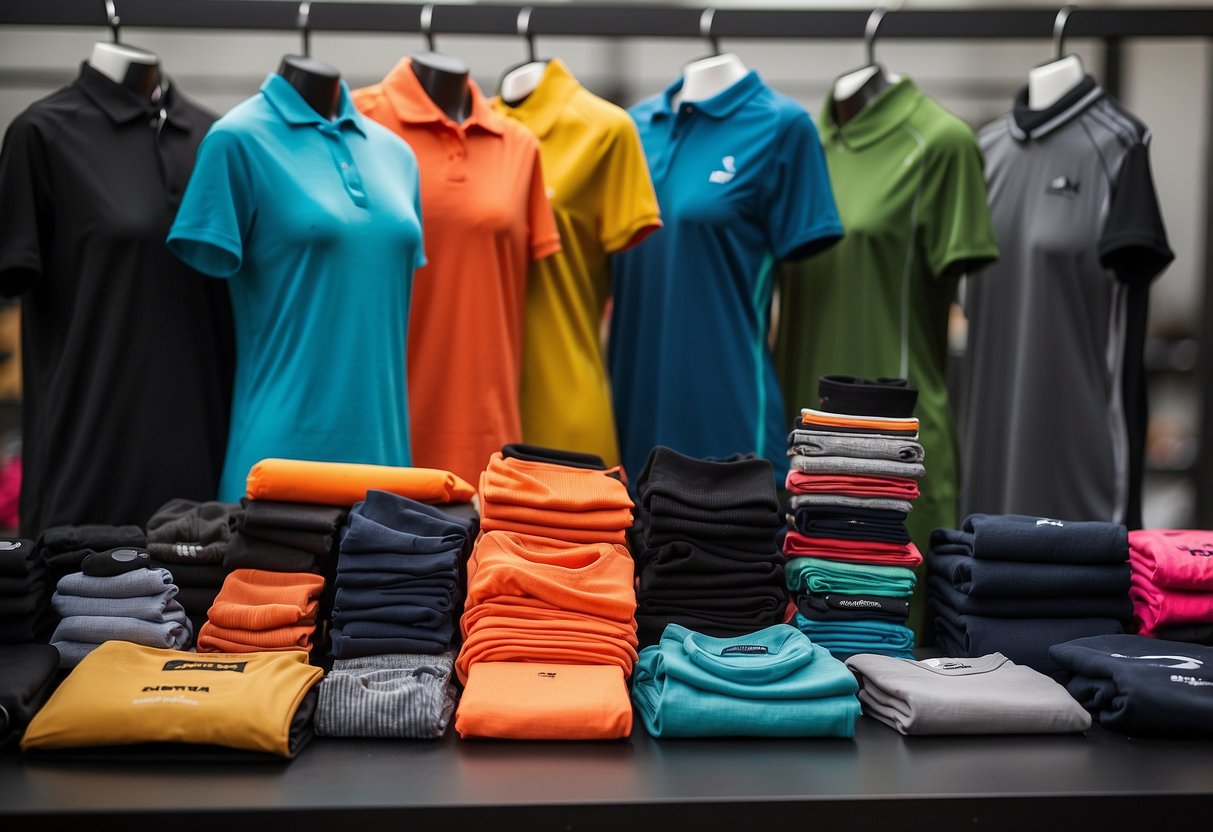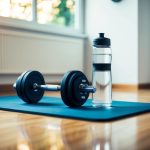
Optimizing Performance with Compression Gear

Compression gear can significantly impact an athlete’s performance by enhancing endurance and improving circulation. These benefits are achieved through specific physiological effects that compression garments have on the body.
Enhancing Endurance and Athletic Ability
Compression gear helps athletes perform at their peak by reducing muscle vibrations. Less muscle vibration means less energy waste, which can prolong endurance. Athletes often notice they can maintain high-intensity performance for longer periods.
Another critical aspect is the support provided to muscles and joints. This support reduces the risk of injuries and allows for a faster recovery. Compression garments also help in reducing muscle soreness and fatigue, enabling athletes to train harder and recover quicker.
Improving Oxygen Delivery and Blood Circulation
Wearing compression gear improves blood circulation and therefore oxygen delivery to muscles. Enhanced circulation means that muscles receive more oxygen and nutrients, which is vital for performance and endurance. This can lead to quicker recovery times and less muscle fatigue during activities.
Effective blood circulation helps remove metabolic waste products such as lactic acid, which often accumulates during intense exercise. By efficiently clearing these byproducts, compression gear aids in maintaining muscle functionality and decreasing the onset of cramping and soreness.
Compression garments like sleeves, socks, and full-body suits are designed to apply consistent pressure, enhancing venous return and maximizing oxygen delivery. This results in improved athletic performance and reduced muscle fatigue.
Addressing Sport-Related Injuries
Compression gear plays a vital role in both preventing and aiding the recovery of sport-related injuries. Key benefits include reducing the risk of injuries and assisting in the swift recovery from strains and sprains.
Compression Gear for Injury Prevention
Compression garments help prevent injuries by improving blood circulation and supporting muscles. The increased blood flow reduces muscle fatigue and lowers the risk of experiencing strains and sprains. Athletes wear compression sleeves on their arms or legs to give additional support to muscles and joints, which assists in maintaining proper form during activities.
These garments can also help in minimizing swelling and inflammation, as their snug fit exerts gentle pressure on the affected areas. This pressure helps in maintaining joint stability and can lead to a lower incidence of acute injuries. Athletes should ensure the correct fit and proper use of compression gear for maximum effectiveness.
Support for Recovery from Strains and Sprains
Compression gear aids the recovery process by promoting quicker reduction of swelling and inflammation. The gentle pressure enhances lymphatic drainage and blood flow, which accelerates the removal of metabolic waste products from the injury site. This facilitates a more efficient healing process.
By providing continuous support to the affected muscles and joints, compression garments help stabilize the injury, reducing pain and preventing further damage. They can be used in conjunction with other therapeutic methods like ice packs and rest. Athletes also benefit from the sustained warmth provided by the garment, which keeps the muscles relaxed and further promotes healing.
The Psychological Edge
Compression gear can provide a mental boost to athletes by enhancing their perceived exertion levels and helping them maintain athletic consistency.
Perceived Exertion and Athletic Consistency
Many athletes report feeling less fatigued while wearing compression gear. This can be attributed to the snug fit and support provided, leading to a lower perception of exertion. By feeling like they’re exerting less effort, athletes often push harder and perform longer, improving their overall performance.
Comfort plays a crucial role in psychological endurance. Ill-fitting attire can distract and hinder performance, while comfortable gear allows athletes to focus better on their tasks. The consistency in comfort provided by compression gear helps athletes maintain high performance levels over extended periods.
Maintaining consistency is vital for athletes aspiring to reach peak performance. Compression gear offers the support and comfort needed to train regularly without discomfort, aiding in better practice and game-day outcomes. This psychological edge can make a significant difference in how athletes perceive their capabilities and stamina.



